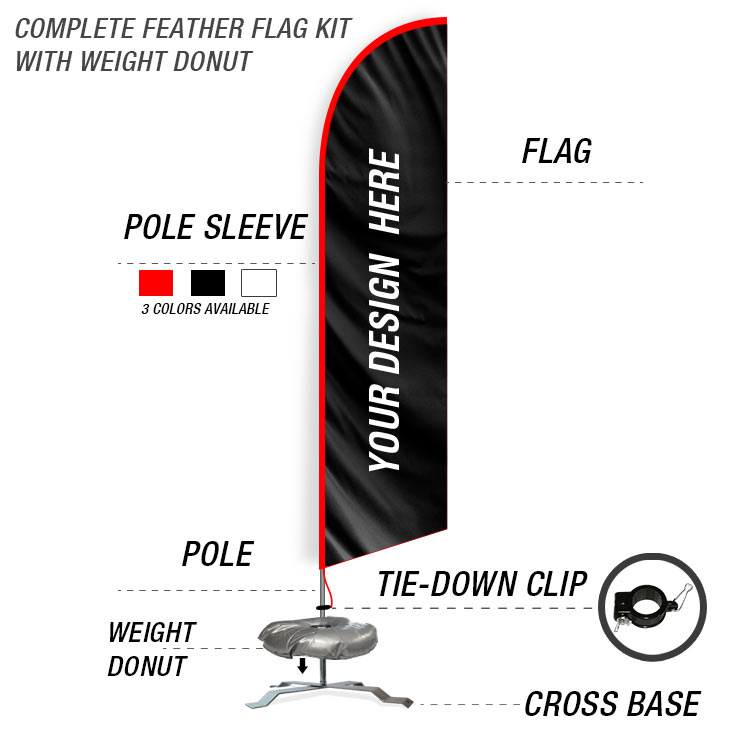Feather Flag Nation
Feather Flags: Difference Between Single Sided & Double Sided
1. Overview of Feather Flags
Feather flags are popular marketing tools known for their eye-catching designs and vibrant displays. They come in two main configurations: single-sided and double-sided. Understanding the differences between these options can help you choose the best fit for your needs.
2. Single-Sided Feather Flags
Single-sided feather flags feature a design printed on one side, allowing the graphic to be visible from one direction. The reverse side displays a mirrored image, which can appear less vibrant due to the fabric’s translucence. This option is ideal for situations where viewers are primarily coming from one direction, such as along a road or pathway.
3. Advantages of Single-Sided Flags
One significant advantage of single-sided flags is cost-effectiveness. They are typically less expensive to produce and can be a budget-friendly choice for businesses with limited marketing funds. Additionally, these flags are lighter and easier to handle, making them convenient for transport and setup.
4. Double-Sided Feather Flags
Double-sided feather flags feature designs printed on both sides, ensuring that the graphics are visible from all angles. This configuration is particularly useful in busy environments where viewers might approach from multiple directions, such as festivals, trade shows, or sporting events.

5. Benefits of Double-Sided Flags
The primary benefit of double-sided flags is their enhanced visibility. With clear and vibrant graphics on both sides, they maximize exposure and ensure that your message reaches a wider audience. While they may be more expensive, the increased visibility can justify the investment for significant events.
6. Ideal Use Cases
When deciding between single-sided and double-sided flags, consider the event type and location. Single-sided flags work well for straightforward placements, while double-sided flags excel in high-traffic areas or events with multiple viewing angles.
7. Conclusion
Ultimately, choosing single-sided and double-sided feather flags depends on your specific marketing goals, budget, and venue. By understanding their differences, you can make an informed decision that enhances your visibility and branding.


